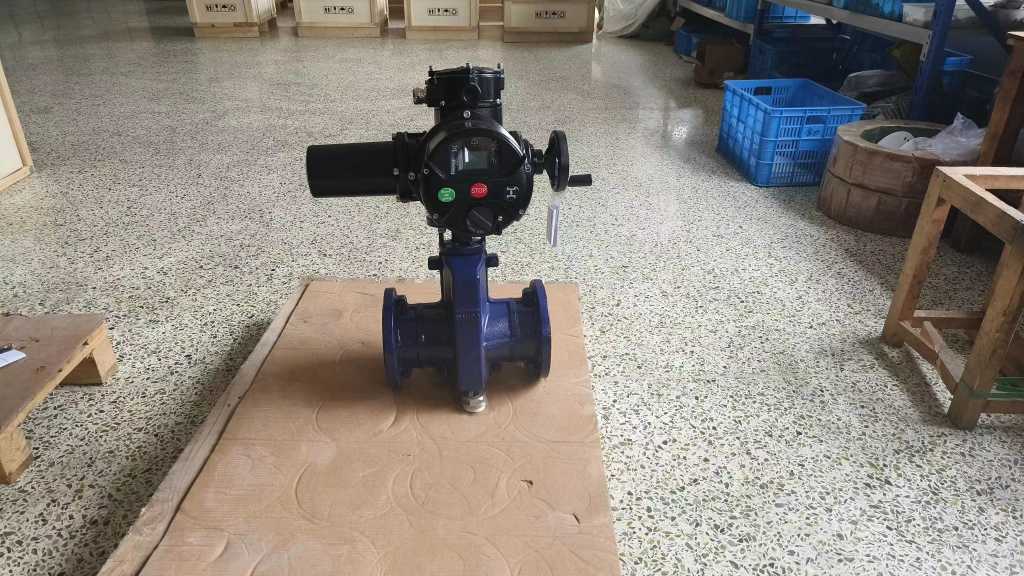As the world shifts toward sustainable energy solutions, hydrogen energy stands out as a promising alternative to fossil fuels. With its potential to power vehicles, heat homes, and provide electricity, hydrogen is increasingly being recognized as a key player in the transition to a cleaner future. Among the innovations supporting this movement is the hydrogen energy electric pinch valve, a critical component in managing the flow of hydrogen in various applications. This article explores the functionality, advantages, and implications of hydrogen energy electric pinch valves in the evolving landscape of renewable energy.

Understanding Hydrogen Energy Hydrogen energy is derived from the chemical element hydrogen, which can be produced through various methods, including electrolysis of water, reforming natural gas, and biomass gasification. It is celebrated for its high energy density and clean combustion, producing only water vapor when used in fuel cells. However, harnessing hydrogen efficiently and safely requires advanced technologies, including specialized valves that can manage its flow effectively.
What is an Electric Pinch Valve? An electric pinch valve is a type of flow control valve that operates by pinching a flexible tube or diaphragm to regulate the flow of fluid. Unlike traditional valves, which rely on mechanical components, electric pinch valves use an electric actuator to apply precise control over the flow, offering several advantages in terms of responsiveness and ease of automation. This technology is particularly beneficial in handling gases like hydrogen, where safety and precision are paramount.
Leave a Reply